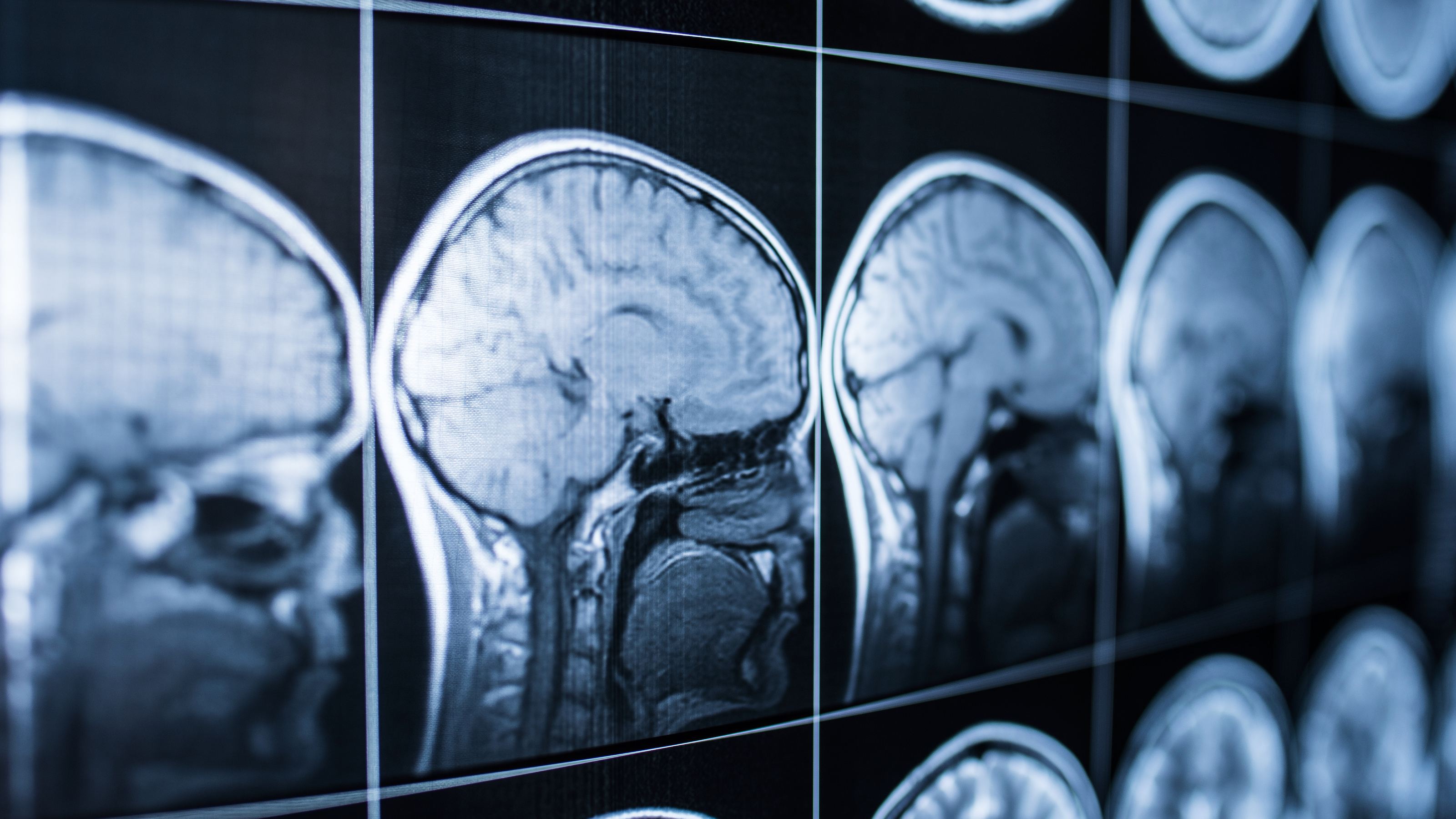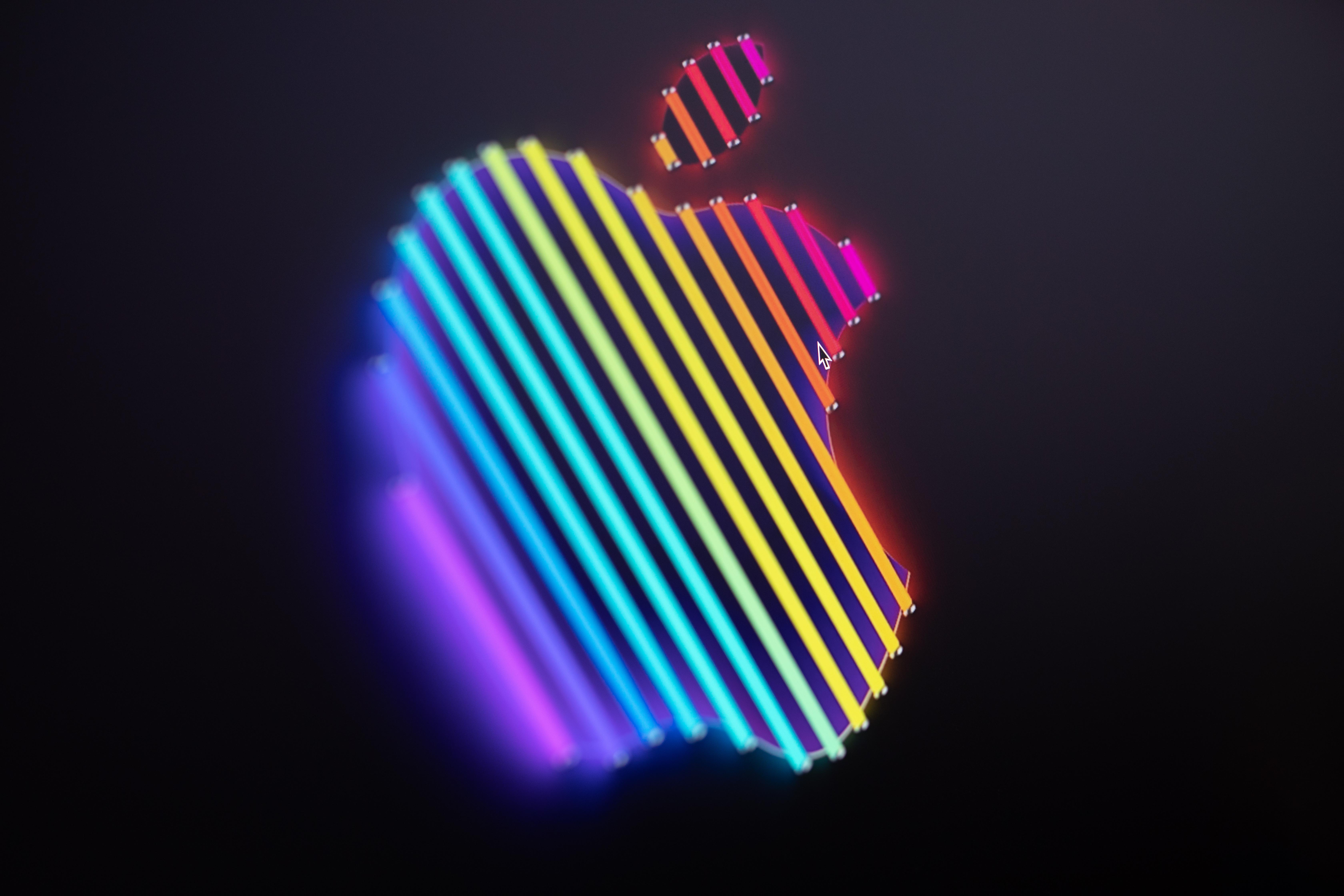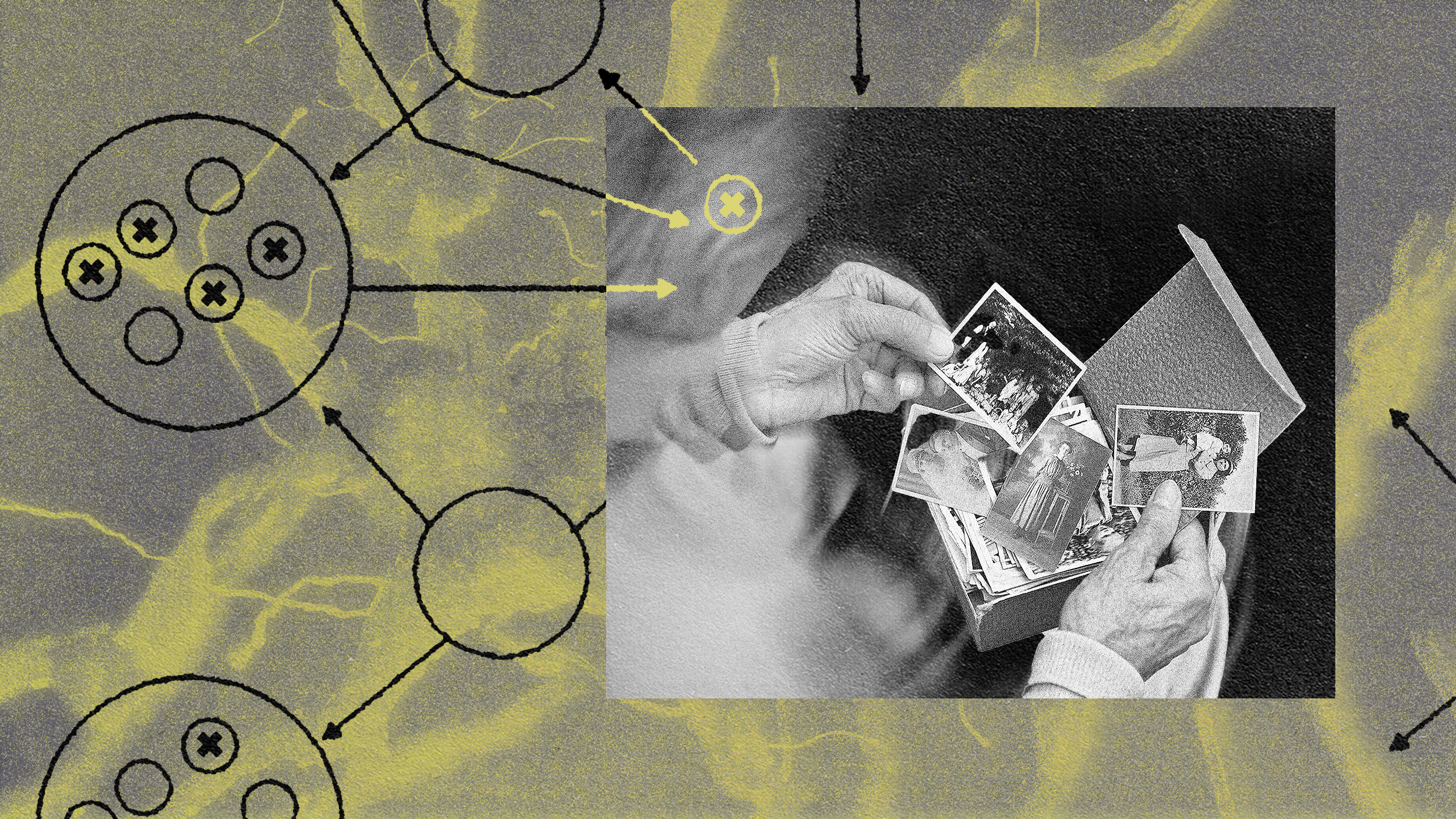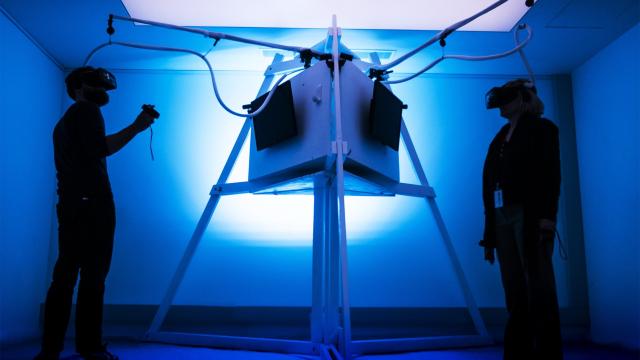Science in the court: how neuroimaging can improve the “reasonable person” standard
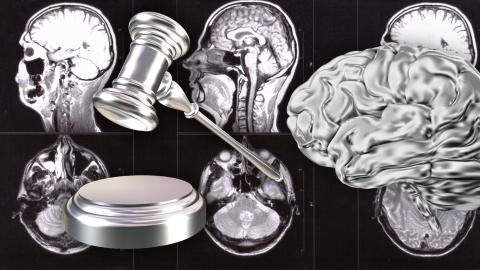
Adobe Stock / Big Think
- The reasonable person is a so-called legal fiction that refers to "an ordinary person who exercises care while avoiding extremes of boldness and carefulness."
- A new study explored how fMRI might be used to minimize subjectivity and bias in trademark law.
- Trademark law is uniquely suited for neuroimaging because it often involves questions over visual similarity, which is relatively easy to measure through fMRI.
How closely does the packaging of Toffee Crisp resemble Reese’s peanut butter cups?
Too close, according to Hershey. In 2014, the chocolate manufacturer, which owns the Reese’s brand, filed a trademark lawsuit against an American candy company that was importing Toffee Crisp from the UK, arguing that it had no right to sell Toffee Crisp in the U.S. because the product’s black and orange packaging looked too much like Reese’s.
A neuroscientifically informed “reasonable person” test
How can courts resolve these types of ambiguous questions? One way is for courts to seek insight from a hypothetical character: the “reasonable person.” Since the 19th century, the reasonable person has served as a standard for how an ordinary adult can be expected to act in situations disputed in civil and criminal courts, ranging from cases involving negligence and crime to free speech and intellectual property. Black’s Law Dictionary defines the term as “an ordinary person who exercises care while avoiding extremes of boldness and carefulness.”
It is a murky definition whose application is subjective. In trademark law, determining whether a logo is too similar to another often comes down to Justice Potter Stewart’s iconic expression, “I know it when I see it.” And more broadly, the reasonable person standard has been criticized as being vulnerable to judges’ and jurors’ explicit and implicit biases.
A new paper published on the preprint server SSRN proposes that brain imaging technologies can bring more objectivity to the reasonable person standard, starting with trademark law.
The neuroscience of trademarks
Trademark law is uniquely suited for neuroimaging because it centers on questions over visual similarity. That is partly because the brain constructs mental representations of visual information in a relatively clearly defined way; for example, showing people an image of the Nike logo several times almost surely will generate more consistent brain activity than having them repeatedly imagine, say, a hypothetical crime.
The researchers noted:
“…there is broad consensus on the construct validity and neuroanatomical substrates of different visual processes. Substantial evidence from both lesion and neuroimaging studies indicates that regions within the fusiform and inferotemporal cortices [brain regions associated with face and object recognition] engage in holistic, as opposed to parts-based, representation of objects.”
The researchers aimed to construct a reliable index of visual similarity — a scale that uses neural responses to rank how closely a set of products resembles the product in question, called the “reference product.” Under fMRI, the participants viewed a rapid presentation of product images: the reference product, four fake products, and four real products with varying degrees of visual similarity.
To reliably measure visual similarity, the researchers used a technique called fMRI repetition suppression, which exploits the fact that our neural response to a stimulus declines upon repeated exposure.
“Critically for our current purposes, substantial evidence indicates that the relative suppression between two distinct stimuli can be used to assess the degree of overlap in neural representations of these stimuli,” the researchers wrote. “Thus, by repeatedly presenting the likeness of different products, we can construct an index of visual similarity using neural responses from object sensitive regions of the visual system identified a priori.”
To ensure that other factors did not confound the results, the study was designed such that the participants did not know the goal of the study as they underwent fMRI. After the fMRI scan, the participants were asked to rate the visual similarity of the nine products to the reference products. The fMRI results strongly correlated with the subjective ratings.
The second part of the study was conducted to measure bias within subjective surveys of visual similarity. The researchers asked 870 people to complete an online survey in which they rated the visual similarity of the ten products used in the first experiment. The respondents were shown one of three surveys. One used wording that favored a hypothetical plaintiff, referring to trademark infringing products as “copycats.” Another was worded in favor of the defendant. The third was designed neutrally.
The fMRI data correlated strongly with the responses from the neutral survey, “suggesting that the neural similarity index is indeed capable of distinguishing between surveys containing different amounts of bias,” the researchers wrote.
Removing bias from the reasonable person standard
Still, the study had some limitations in terms of its applicability to the legal system. For one, the approach cannot objectively show that one product is “too similar” to another; it can only offer degrees of similarity. Another is generalizability. The researchers noted that they do not claim or anticipate that this method will have useful applications outside of intellectual property law.
Neuroimaging methods are unlikely to replace other forms of evidence used in courts, namely surveys. More likely, they will provide supplementary evidence. But the approach could be developed into a tool that can detect bias and boost confidence in surveys, a form of legal evidence that’s unique for its ability to gauge public opinion on a large scale.
“Although of course still highly imperfect and incomplete, even the small step we take here constitutes a productive and meaningful advance, given the ubiquity of, and acknowledged flaws in, the reasonable person test,” the researchers concluded.
